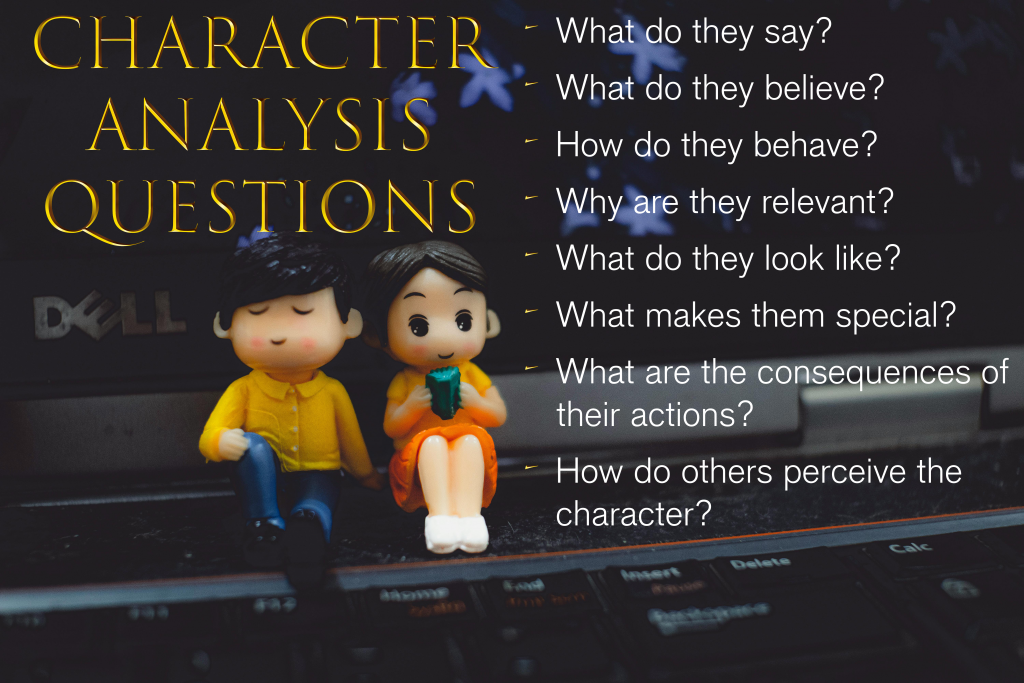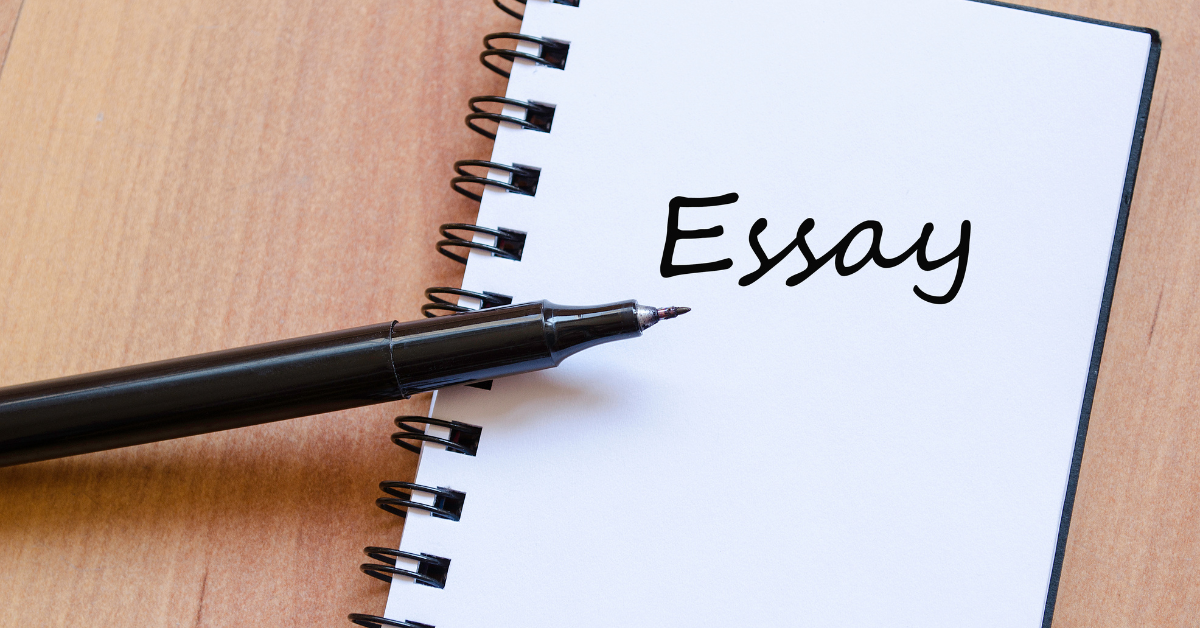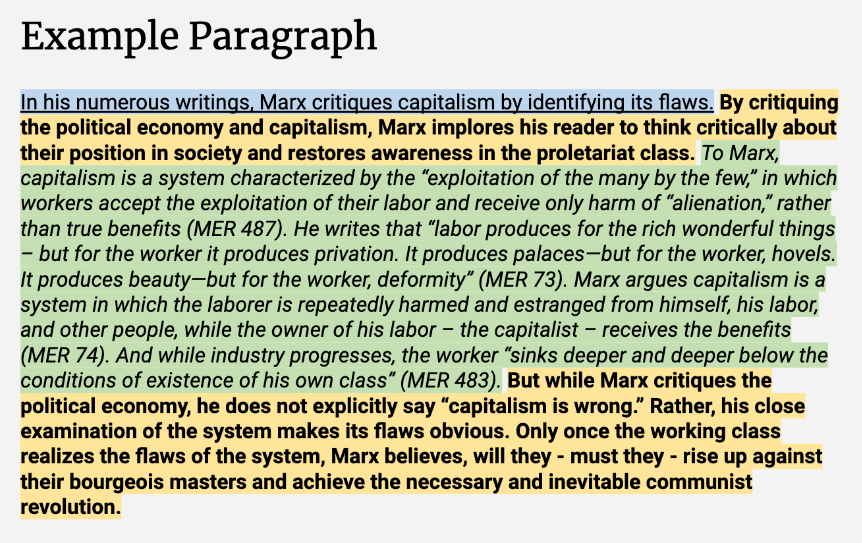An informative speech serves to educate and inform an audience about a particular topic. The primary objective is not to persuade or entertain but to provide valuable knowledge in a clear, concise, and engaging manner. Crafting a successful informative speech requires a combination of thoughtful preparation, effective structure, and polished delivery. This blog post dives into the key components that make an informative speech impactful.
1. Choosing the Right Topic
The foundation of any informative speech lies in selecting a topic that is both interesting and relevant to the audience. A well-chosen topic ensures the audience stays engaged and finds the information valuable. (We shared an article about informative topics last summer, but to keep in line with our speech foundation theme this year, be sure to check back soon for our upcoming article about the best current events and evergreen topics to keep an audience engaged!)
Relevance
Understand your audience’s interests, needs, and knowledge level. Tailoring your topic to align with their expectations increases the likelihood of capturing their attention.
Feasibility
Choose a topic that you can research thoroughly and present within the allotted time. Ensure it is neither too broad nor too narrow to cover comprehensively.
Personal Interest
Your enthusiasm for the subject can greatly influence your delivery. Passionate speakers tend to captivate audiences more effectively.

2. Crafting a Clear Purpose Statement
The purpose statement defines the goal of your speech. It provides a roadmap for your content and ensures that every part of the presentation aligns with your objective.
Specificity
Be precise about what you aim to achieve. For example, instead of saying, “I want to talk about climate change,” state, “I aim to explain the causes and impacts of climate change.”
Audience-Centered
Consider what the audience should take away from the speech. Your purpose should focus on their learning and understanding.
3. Organizing the Structure
An informative speech’s structure consists of three primary sections: introduction, body, and conclusion. Each section plays a vital role in delivering your message effectively.
Introduction
The introduction sets the tone for your speech and establishes a connection with the audience.
- Hook: Begin with an engaging element such as a question, quote, statistic, or anecdote to capture attention.
- Thesis Statement: Clearly state the main idea of your speech.
- Preview: Outline the key points you will discuss to give the audience a roadmap.
Body
The body is where you delve into the details, presenting your key points supported by evidence and examples.
- Main Points: Focus on 2-4 main ideas to maintain clarity and coherence.
- Supporting Evidence: Use credible sources such as data, expert opinions, or case studies to substantiate your claims.
- Logical Organization: Arrange your points in a sequence that makes sense, such as chronological, topical, or spatial order.
Conclusion
The conclusion reinforces your main points and leaves a lasting impression.
- Recap: Summarize the key ideas discussed.
- Closing Statement: End with a memorable element, such as a thought-provoking quote or call-back to your opening.
4. Using Effective Delivery Techniques
Delivery plays a critical role in how well your speech is received. Even the most well-structured content can fall flat without engaging delivery.
Vocal Variety
Vary your pitch, tone, and pace to maintain interest and emphasize important points. Avoid monotony, which can disengage listeners.
Eye Contact
Establish a connection with your audience by making eye contact. This demonstrates confidence and helps maintain engagement.
Body Language
Use gestures, facial expressions, and movement purposefully to reinforce your message and convey enthusiasm.
Visual Aids
Incorporate slides, props, or charts to enhance understanding and provide visual interest. Ensure your visuals are clear, relevant, and not overly complex.
5. Conducting Thorough Research
Accurate and reliable information is the backbone of an informative speech. Research your topic comprehensively to establish credibility and provide value to your audience.
Credible Sources
Use reputable sources such as academic journals, government publications, and expert interviews. Cross-check information to ensure accuracy.
Note-Taking
Organize your research findings into categories or themes that align with your speech’s structure. This will make it easier to reference during writing and delivery.

6. Tailoring to Your Audience
An audience-centered approach ensures that your speech resonates with listeners and meets their expectations.
Demographics
Consider factors such as age, cultural background, and professional interests when crafting your content.
Engagement
Incorporate elements that invite participation, such as rhetorical questions or brief audience polls.
7. Practicing and Refining
Rehearsing your speech allows you to identify areas for improvement and build confidence.
Time Management
Practice within the allotted time to ensure you cover all points without rushing or exceeding limits.
Feedback
Rehearse in front of friends, colleagues, or mentors and ask for constructive feedback. Use their suggestions to refine your content and delivery.
Recording
Record yourself to evaluate your tone, pacing, and body language. Self-assessment can highlight subtle improvements.
8. Avoiding Common Pitfalls
Information Overload
Stick to the most important points and avoid overwhelming your audience with excessive details.
Lack of Clarity
Simplify complex ideas and use relatable examples to ensure understanding.
Overuse of Visuals
While visuals can enhance your speech, relying too heavily on them can distract from your message.
Confident Presentation
Although speech writing doesn’t necessarily mean you’ll be the one publicly presenting, it never hurts to be prepared. Ohio State University has a great lists of do’s and don’ts for public speaking.
Final Thoughts
An informative speech is a powerful tool for sharing knowledge and engaging an audience. By focusing on clear objectives, thorough research, and effective delivery, you can create a presentation that informs, educates, and inspires. Remember, preparation and practice are the keys to success—invest the time to craft a speech that leaves a lasting impact.















